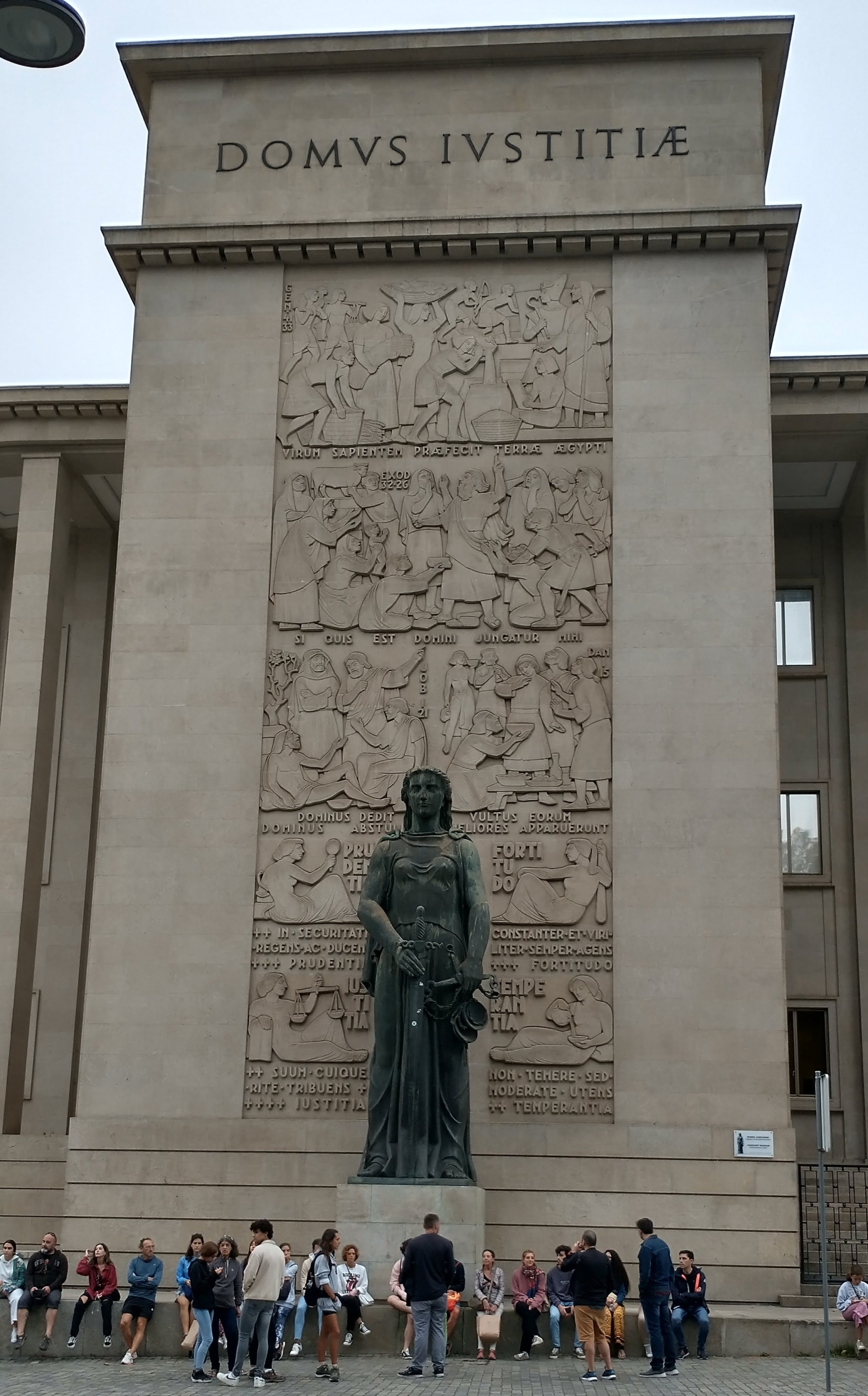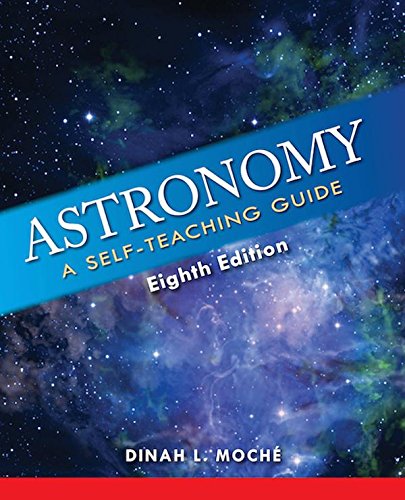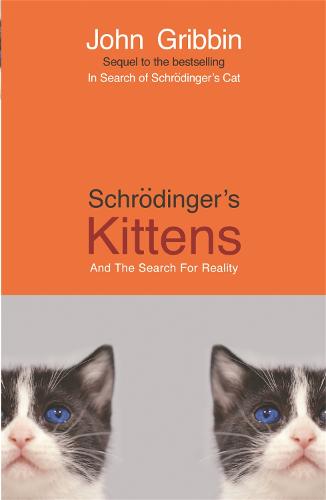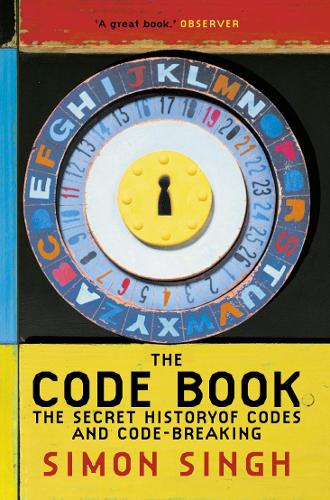I was surprised when my daughter told me she’d never seen 2001: A Space Oddysey, so we watched it together.
This film grows on me each time I see it. I love the length of the scenes and how slowly they develop. I love how little action there is and yet how much spectacle. I love the fact that this is a film for adults.
Most of all I love how much is left for the viewer to observe.
The three bodies in a line.
The second ring being built on the space station seen as the Blue Danube is played.
And always, the silence in space.
This is a different sort of story telling to fantasies like Lord of the Rings or Game of Thrones. Those have deep backstories that are recounted at the appropriate times. Lineages are listed, tales are recounted. There’s nothing wrong with this, it’s appropriate to the form.
The science in 2001 is equally deeply rooted but it’s never recounted, only implied.
It’s often said that good SF writing explores the edges of ideas. This film is a model of the form.
It’s worth noting that this way of writing isn’t exclusive to SF. The series Mad Men was constructed this way. The story isn’t presented as one continuous sweep, but rather as series of disconnected events. It’s left to the viewer to fill in the gaps.
This is my favourite sort of writing
Incidentally, I searched for a picture of silence to accompany this post. I chose the old man as it looked different. Why are so many stock photos of young women?













